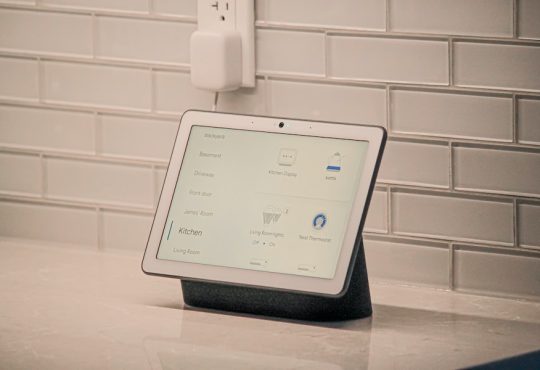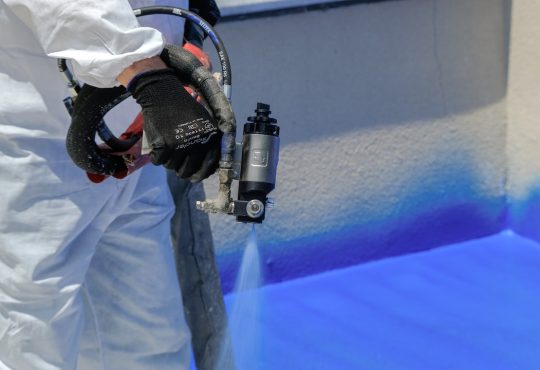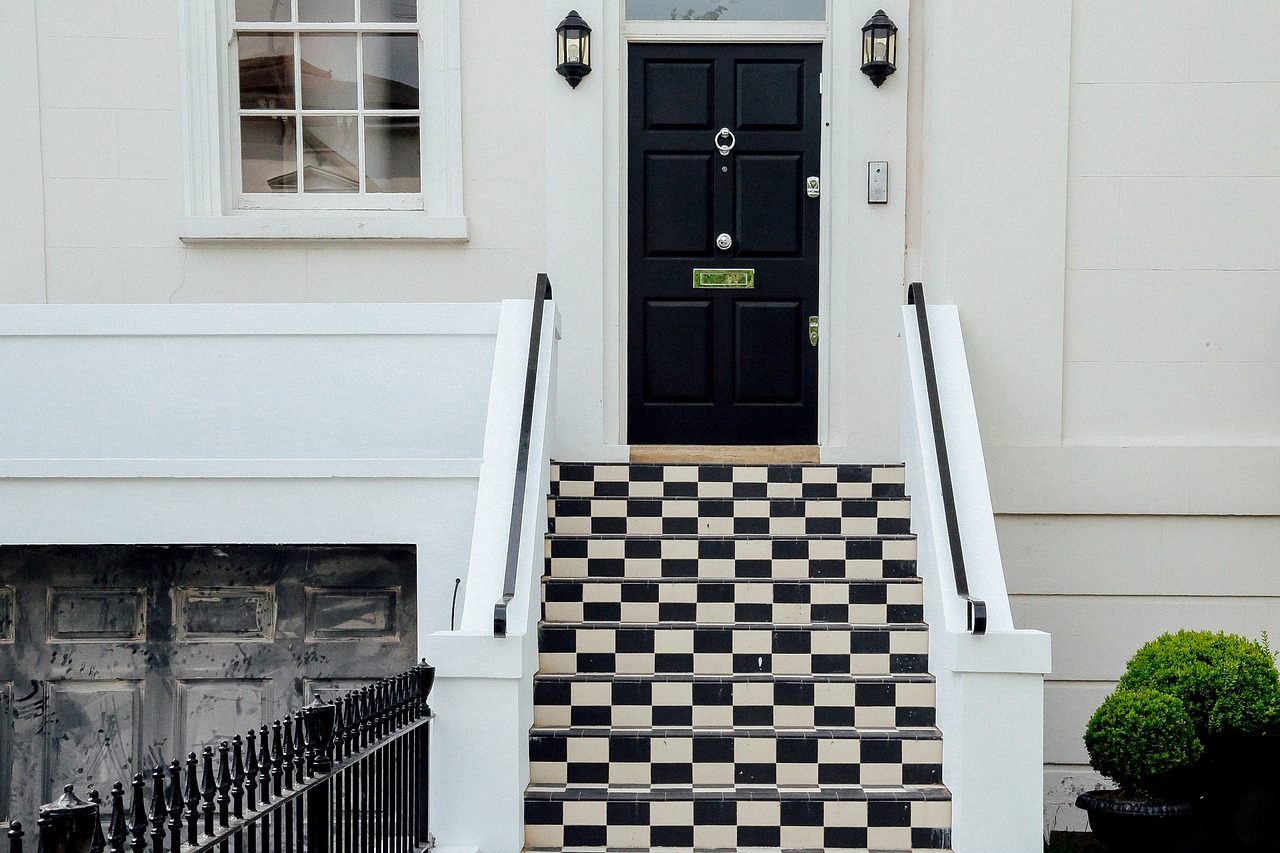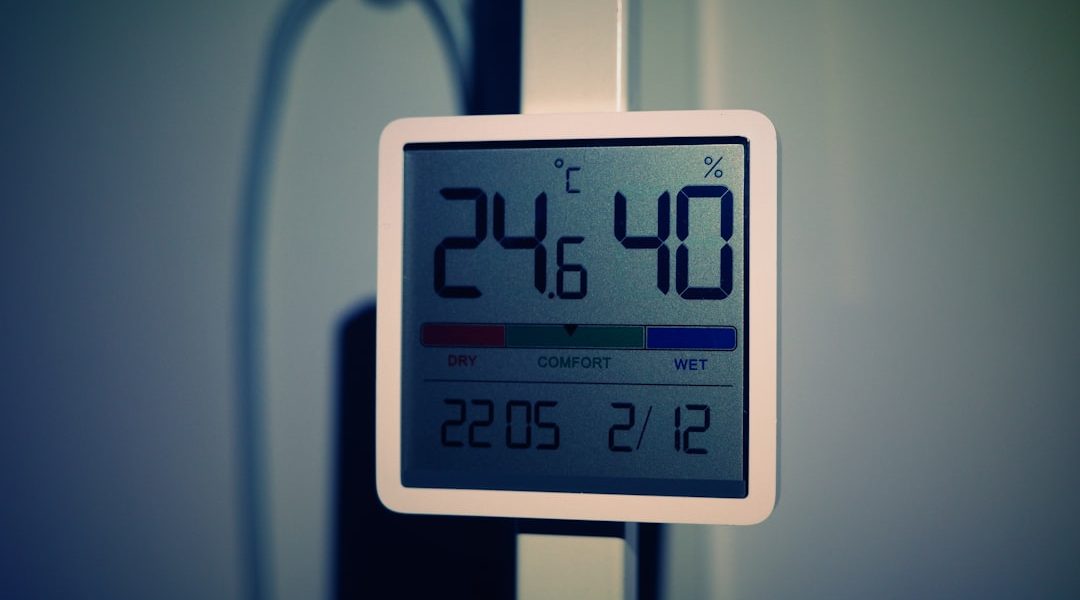
Effortless ways to cut daily energy use are easier to apply than you might think
Understanding daily energy use is crucial for both individuals and households aiming to reduce their carbon footprint and lower utility bills. Energy consumption can be broken down into various categories, including heating, cooling, lighting, and powering appliances. By analyzing these categories, one can identify which areas consume the most energy and where improvements can be made.
For instance, heating and cooling often account for a significant portion of energy use in residential settings, sometimes exceeding 50% of total consumption. This insight allows homeowners to prioritize their efforts in energy conservation. Moreover, tracking energy use can be facilitated by smart meters and energy monitoring devices.
These tools provide real-time data on energy consumption patterns, enabling users to make informed decisions about their usage. For example, if a household notices that energy consumption spikes during certain hours, they can adjust their habits accordingly, such as running high-energy appliances during off-peak hours when electricity rates are lower. Understanding daily energy use not only empowers individuals to take control of their consumption but also contributes to broader efforts in sustainability and environmental conservation.
Key Takeaways
- Understanding daily energy use is the first step to making informed decisions about energy conservation.
- Efficient lighting solutions, such as LED bulbs, can significantly reduce energy consumption.
- Unplugging electronics when not in use can prevent “phantom” energy usage and save on electricity bills.
- Energy-saving appliances, like Energy Star-rated models, can make a big impact on overall energy usage.
- Utilizing natural light and ventilation can reduce the need for artificial lighting and air conditioning, saving energy and money.
Efficient lighting solutions
Long-Lasting LEDs: A Sustainable Choice
An LED bulb can last up to 25,000 hours compared to the 1,000-hour lifespan of an incandescent bulb, making them a more sustainable choice in the long run.
Smart Lighting Placement and Use
In addition to choosing the right type of bulb, the placement and use of lighting fixtures can significantly impact energy efficiency. Utilizing task lighting instead of overhead lighting can reduce the need for bright lights in every room. For instance, using a desk lamp while working or reading can provide adequate illumination without illuminating the entire space.
Dimming the Way to Energy Efficiency
Furthermore, incorporating dimmer switches allows users to adjust the brightness according to their needs, which not only saves energy but also creates a more comfortable ambiance. By combining these strategies, households can achieve substantial reductions in their lighting-related energy consumption.
Unplugging electronics when not in use
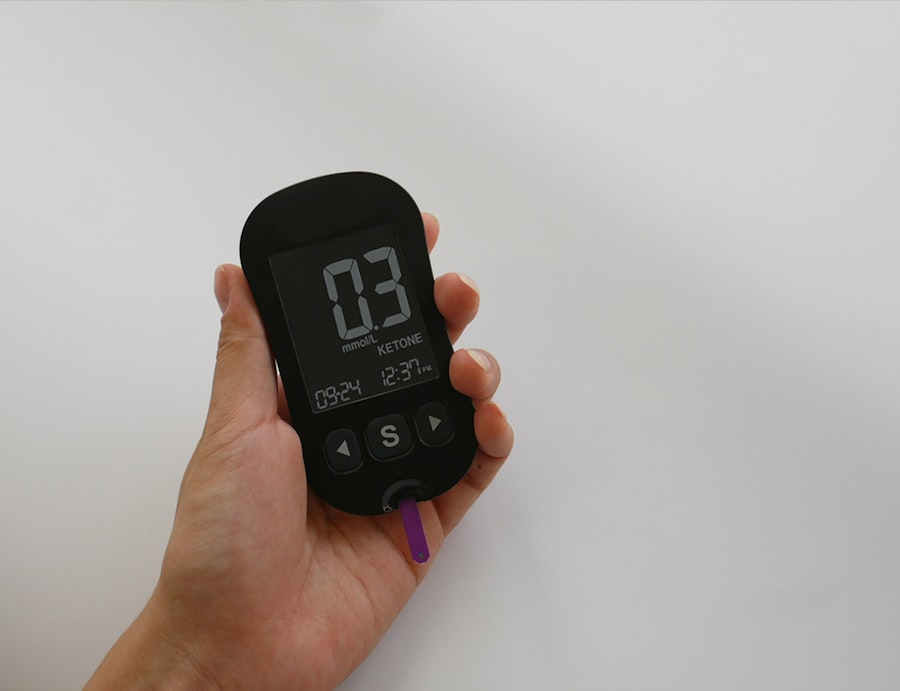
Unplugging electronics when not in use is a simple yet effective strategy for reducing energy waste. Many devices continue to draw power even when turned off, a phenomenon known as “phantom load” or “vampire power.” This can include everything from televisions and computers to chargers and kitchen appliances. According to the U.S. Department of Energy, these idle devices can account for 5% to 10% of residential energy use. By unplugging devices or using power strips with on/off switches, households can eliminate this unnecessary energy drain. Moreover, the rise of smart home technology has made it easier to manage energy consumption. Smart plugs and home automation systems allow users to schedule when devices turn on or off, ensuring that electronics are only powered when needed. For example, a smart plug can be programmed to turn off a coffee maker after a certain period or to power down entertainment systems during the night. This level of control not only conserves energy but also enhances convenience for users who may forget to unplug devices manually.
Energy-saving appliances
The choice of appliances plays a significant role in overall energy consumption within a household. Energy-saving appliances are designed to use less electricity or water while maintaining performance levels comparable to their traditional counterparts. The Energy Star label is a reliable indicator of efficiency; appliances bearing this label meet strict energy efficiency guidelines set by the U.S.
Environmental Protection Agency. For instance, Energy Star-rated refrigerators use about 15% less energy than standard models, translating into substantial savings over time. In addition to refrigerators, other common household appliances such as washing machines, dishwashers, and air conditioners have also seen advancements in energy efficiency.
Modern washing machines often feature sensors that adjust water levels based on load size, minimizing water waste while ensuring effective cleaning. Similarly, dishwashers equipped with soil sensors optimize water usage by adjusting cycles based on how dirty the dishes are. By investing in these energy-efficient appliances, consumers not only reduce their utility bills but also contribute to a more sustainable future by decreasing overall energy demand.
Utilizing natural light and ventilation
Utilizing natural light and ventilation is an effective way to enhance comfort while reducing reliance on artificial lighting and mechanical cooling systems. Natural light has been shown to improve mood and productivity, making it an ideal choice for both residential and commercial spaces. Strategic placement of windows, skylights, and reflective surfaces can maximize daylight penetration into a building.
For example, south-facing windows capture sunlight throughout the day, providing ample illumination without the need for electric lights. In addition to lighting, natural ventilation can significantly reduce the need for air conditioning during warmer months. Cross-ventilation techniques involve opening windows on opposite sides of a room or building to create airflow that cools indoor spaces naturally.
This method not only lowers energy consumption but also enhances indoor air quality by allowing fresh air to circulate. Incorporating features such as operable windows or vents into building design can facilitate this process effectively. By embracing natural light and ventilation, individuals can create healthier living environments while minimizing their environmental impact.
Adjusting thermostat settings

Adjusting thermostat settings is one of the most straightforward yet impactful ways to conserve energy in heating and cooling systems. The U.S. Department of Energy recommends setting thermostats to 68°F (20°C) during winter months and 78°F (26°C) in summer months for optimal comfort and efficiency.
Small adjustments can lead to significant savings; for instance, lowering the thermostat by just one degree in winter can save approximately 1% on heating costs for each degree over an eight-hour period. Programmable thermostats take this concept further by allowing users to set specific temperatures for different times of the day or week. For example, homeowners can program their thermostats to lower the temperature during the night when they are asleep or raise it during the day when no one is home.
Smart thermostats go a step further by learning user habits and automatically adjusting settings for maximum efficiency. By effectively managing thermostat settings, households can achieve substantial reductions in energy consumption while maintaining comfort throughout the year.
Conserving water usage
Conserving water usage is an essential aspect of overall energy efficiency that is often overlooked. The process of heating water accounts for a significant portion of household energy consumption; therefore, reducing hot water usage directly impacts energy savings. Simple changes such as fixing leaks in faucets and toilets can lead to considerable water conservation over time.
A dripping faucet can waste more than 3,000 gallons of water annually, which translates into higher energy costs for heating that water. Additionally, installing low-flow fixtures such as showerheads and faucets can dramatically reduce water usage without sacrificing performance. Low-flow showerheads can cut water flow by up to 50%, while still providing adequate pressure for an enjoyable shower experience.
Furthermore, being mindful of water usage during daily activities—such as taking shorter showers or running dishwashers only with full loads—can contribute significantly to conservation efforts. By prioritizing water conservation practices, households not only save money but also contribute to broader environmental sustainability goals.
Incorporating energy-efficient habits into daily routines
Incorporating energy-efficient habits into daily routines is essential for fostering a culture of sustainability within households and communities. Simple actions such as turning off lights when leaving a room or using cold water for laundry can collectively lead to significant reductions in energy consumption over time. Creating reminders or checklists for family members can help instill these habits until they become second nature.
Moreover, engaging family members in discussions about energy conservation can enhance awareness and encourage collective responsibility. For instance, setting family goals for reducing electricity usage or participating in community challenges focused on sustainability can foster a sense of teamwork and accountability. Additionally, educating children about the importance of conserving resources lays the groundwork for future generations to prioritize sustainability in their own lives.
By embedding these energy-efficient habits into daily routines, individuals not only contribute to immediate savings but also promote a long-term commitment to environmental stewardship.
If you’re looking to revamp your home for spring with refreshing seasonal decor read this article:
https://agutonsky.com/revamp-your-home-for-spring-with-refreshing-seasonal-decor/.
Effortless ways to cut daily energy use are easier to apply than you might think, and incorporating transparent fabrics into your space can add a playful effect. For more inspiration on how to make your home more energy-efficient and stylish, be sure to read this article here:
https://agutonsky.com/hoe-transparante-stoffen-een-speels-effect-toevoegen-aan-je-ruimte/.
And if you’re in the mood for some delicious Christmas desserts, these tempting Christmas cakes are the perfect way to end a meal. Find out more about these mouthwatering treats in this article here:
https://agutonsky.com/verleidelijke-kersttaarten-smakelijke-afsluiters-van-de-maaltijd/.
FAQs
What are some effortless ways to cut daily energy use?
Some effortless ways to cut daily energy use include turning off lights and electronics when not in use, using energy-efficient appliances, sealing air leaks in your home, and adjusting your thermostat to save energy.
How can turning off lights and electronics help cut daily energy use?
Turning off lights and electronics when not in use can help reduce energy consumption and lower your electricity bill. It is a simple and effortless way to cut daily energy use.
What are energy-efficient appliances and how do they help cut daily energy use?
Energy-efficient appliances are designed to use less energy while still providing the same level of performance. By using energy-efficient appliances, you can reduce your daily energy consumption and save money on your utility bills.
How can sealing air leaks in your home help cut daily energy use?
Sealing air leaks in your home can help prevent energy waste and reduce the workload on your heating and cooling systems. This can lead to lower energy consumption and increased comfort in your home.
How can adjusting your thermostat help cut daily energy use?
Adjusting your thermostat by a few degrees can help reduce your heating and cooling costs. By using a programmable thermostat and setting it to a more energy-efficient temperature when you are away or asleep, you can cut daily energy use without sacrificing comfort.
